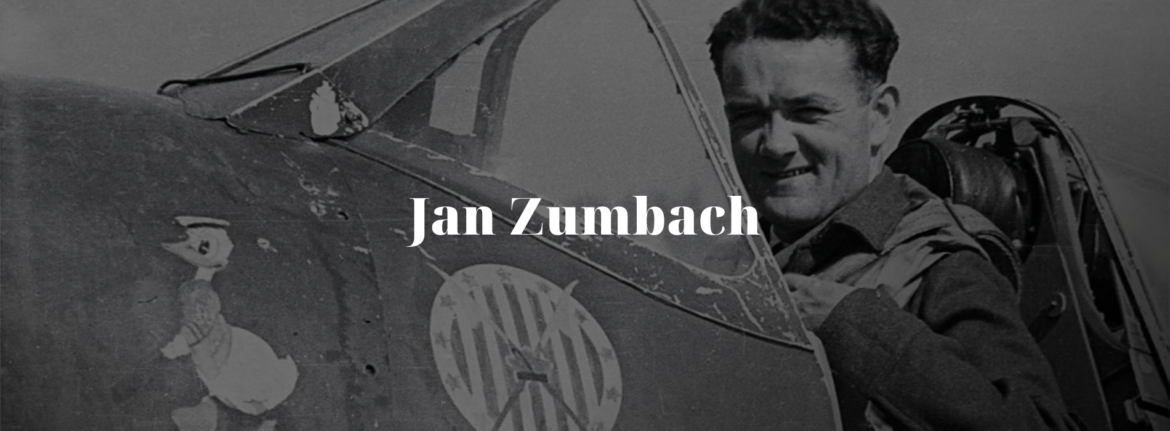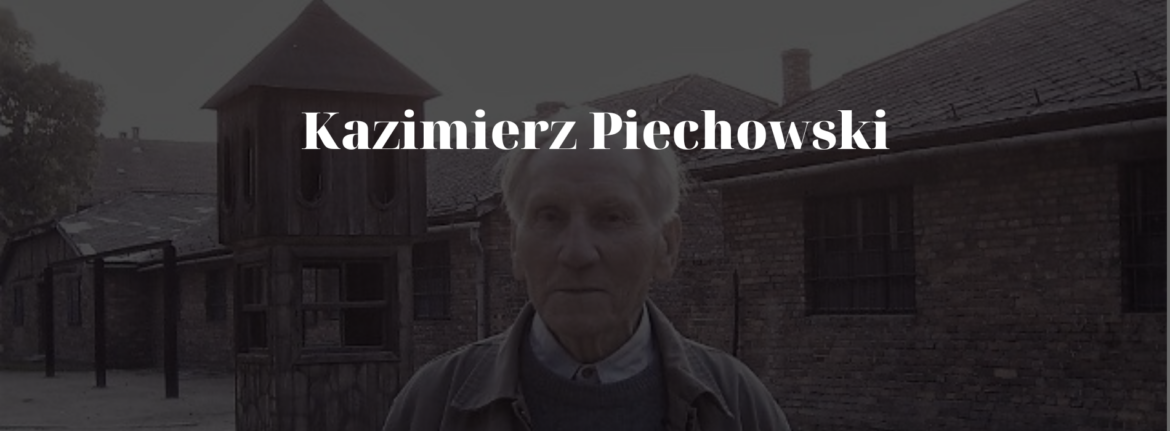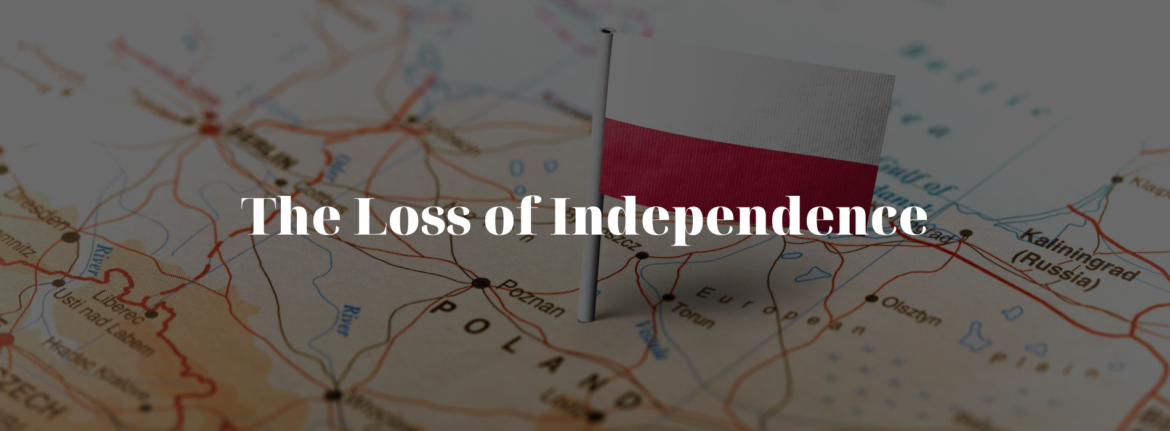Autor: admin7748
-

Before the establishment of Poland as a nation, the lands that would become Polish territory were home to vibrant Slavic tribes with a rich tapestry of traditions, beliefs, and social structures. These early communities laid the cultural groundwork that still influences Polish society today. From unique spiritual practices and festivals to agrarian lifestyles and communal…
-

When it comes to traditional Polish cuisine, bigos is one of the most iconic and beloved dishes, often referred to as Poland’s national dish. Known as „hunter’s stew” in English, bigos has a long history tied to Polish culture, family gatherings, and festive occasions. This hearty, warming meal is especially popular during the cold months,…
-

Jan „Johnny” Zumbach, was a charismatic and daring fighter pilot, whose life was full of extraordinary adventures that extended well beyond the skies of World War II. Born in 1915 in Ursynów near Warsaw, Zumbach became one of the most celebrated aces of the legendary Polish 303 Squadron, which played a crucial role during the…
-

Poland is home to a stunning array of wildlife, featuring diverse ecosystems that range from lush forests to mountainous regions. However, this rich biodiversity faces significant threats, with many animal species in Poland now teetering on the brink of extinction. The combined effects of habitat loss, climate change, pollution, and human activity have placed numerous…
-

Kazimierz Piechowski’s life story is a testament to the resilience of the human spirit in the face of unimaginable adversity. Born on June 29, 1919, in the small town of Szczytniki, Poland, Piechowski’s early years were marked by the tumultuous events of the 20th century, including the outbreak of World War II and the horrors…
-

Poland’s loss of independence in the 18th century is one of the most pivotal and tragic episodes in the country’s history. The series of three partitions, which occurred between 1772 and 1795, saw the once-powerful Polish-Lithuanian Commonwealth dismantled by its neighbours—Russia, Prussia, and Austria—until it ceased to exist as a sovereign state. This devastating event…
-

Roman Dmowski stands out as one of the most pivotal and controversial figures in Polish history, known for his significant role in the country’s fight for independence and his influence on the national identity of Poland in the early 20th century. Born on August 9, 1864, in a small village in Mazovia, Dmowski’s life and…


